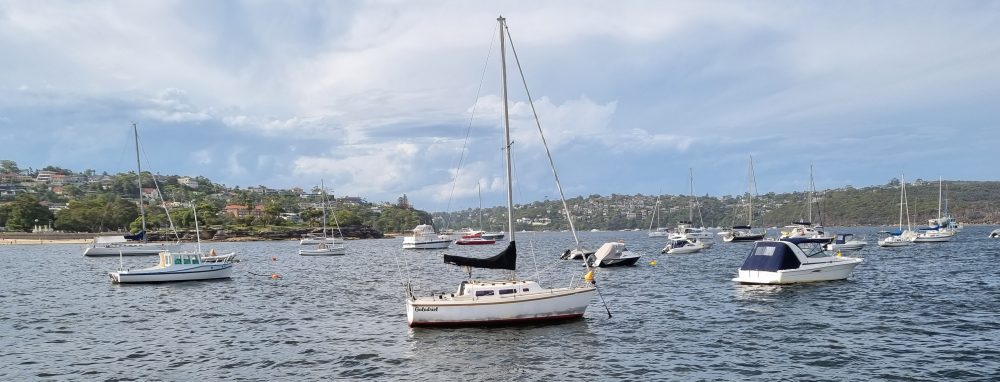Soon after I started pitching short stories, I realised that I needed a tracking mechanism. Without one, I would be unable to classify feedback, and ran the risk of submitting work twice to the same publication.
That was more than seven years ago and my excel spreadsheet now runs to 200 plus lines of content. For every publication I’ve submitted work to I enter comments ranging from ‘avoid’ to ‘try with something else’ and ‘accepted’, the latter distinguished by bold red text. Stories and pitches under consideration are highlighted in yellow, with lodgement or closing dates noted so that I can see the length of time they have been outstanding. Of those currently in play, the two laggards are on the Submittable platform, one going back to April and another to July. Notwithstanding that the status of both has moved from ‘received’ to ‘in progress’ – a sign that someone is reading them – I regard these submissions as almost certain to be rejected. From experience, if an editor wants to publish your short story, they will usually let you know quickly. Of course, I wait to be proven wrong on this!
A few weeks ago an invitation to pitch summer-themed stories found its way onto my Twitter highlights. I don’t follow the publication, an independent media outlet, although I do read it online for its excellent reporting in a sea of dross dominated by the Murdoch and Channel Nine 9-owned media in Australia. I had a story ready to go on swimming at my local beach, a relatively youthful casualty of two prior rejections. Within 24 hours of reading the tweet, I’d emailed my pitch and, although it wasn’t called for, attached the piece.
I’d marked this week as the one in which to follow up whether my story had reached its destination. I was beaten to it by the deputy opinion editor who thanked me for my contribution, noting that my beach was also her local, and that my story was a lovely read. There was one thing, though: at 3,000 words it was too long for their purposes (the original tweeter had not responded on the question of word count). She asked if I’d consider editing it down to about 1,000 words but understood completely if I didn’t want to do this.
Don’t want to do it? Of course, I do! I asked for suggestions on what to cut and have until the end of the month to produce a shorter draft, submit a bio, get someone to take a half-decent photo of me in my swim togs on the beach, and sign up for payment.
This is one of these happy circumstances where the planets aligned for me. The topic clearly fitted the theme. The location is well known to Sydneysiders – it draws from all corners of the metropolitan area at weekends and on public holidays – and to at least the swimming public of other major Australian cities; a fair proportion will be readers of this media. Perhaps the strongest thing going for it was landing in the lap of someone who not only liked my writing style, she understood what I was writing about. Finally, having to shed two thirds of the piece, while retaining its structure, will be a good test of my editing skills!

Nice piece Rose, and a happy story. My one minor comment is that a spreadsheet can be a volatile custodian compared with a data base. Though I am no longer up-to-date on simple databases
LikeLike
Thanks. May look into MS Access…at least I have it.
LikeLike
My goodness Rose 2852, how organized you are. So unlike me. But it seems to work for you.
LikeLiked by 1 person